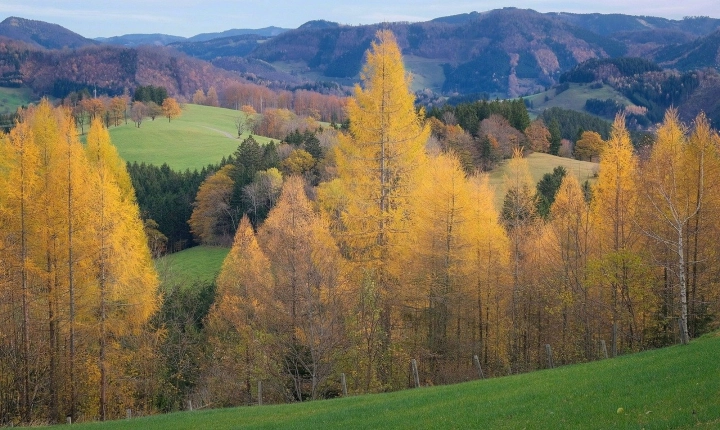Black and white art has a timeless appeal that can be achieved with the help of Adobe Illustrator. Whether you’re a seasoned professional or a beginner, creating stunning black and white images in AI is a skill worth mastering. In this article, we will guide you through the process of making black and white art in Adobe Illustrator, from setting up the document to adding intricate details to your masterpiece.
Setting up the Document:
Before diving into the black and white design process, it’s important to start with a suitable document setup. Open Adobe Illustrator and create a new document. Select the size and resolution that best suits your project. For black and white art, it’s ideal to work with high-resolution images to capture the fine details.
Choosing your Artwork:
Once the document is ready, it’s time to decide on the artwork you want to work with. This could be a hand-drawn sketch or an existing image that you’d like to convert to black and white. Import the artwork into your Illustrator document by using the “File” > “Place” command. Position the artwork at the center of the artboard.
Converting to Grayscale:
To start the black and white conversion in AI, select the artwork and go to “Edit” > “Edit Colors” > “Convert to Grayscale”. This will transform the image into a black and white version, which will act as the foundation for your artwork. You can make further adjustments to the brightness and contrast of the grayscale image to achieve the desired look.
Adding Details:
With the grayscale base ready, it’s time to add depth and details to your black and white art. Use the Pen Tool, Pencil Tool, and various brushes to add shading, textures, and intricate lines to your artwork. Experiment with different shades of gray to create a sense of depth and realism. Pay attention to light and shadow to make the artwork visually compelling.
Utilizing Illustrator Tools:
Illustrator offers various tools and features that can enhance your black and white artwork. The Gradient Tool can be used to create smooth transitions between shades of gray, while the Blend Tool can add a seamless blend of tones. The Pathfinder Tool can be useful for creating intricate shapes and patterns. Experiment with these tools to bring your black and white art to life.
Adding Final Touches:
After adding details and fine-tuning the grayscale image, you can add final touches to elevate your black and white art. Consider using the “Opacity Mask” tool to create transparency and overlays. Experiment with different blending modes to achieve unique visual effects. Add text or other graphic elements to complement the black and white artwork.
Exporting and Sharing:
Once you are satisfied with your black and white artwork, it’s time to export it for sharing or printing. You can save the file in various formats such as JPEG, PNG, or PDF, depending on your intended use. Consider creating high-resolution versions for printing and low-resolution versions for digital sharing.
In conclusion, creating black and white art in Adobe Illustrator is a rewarding process that allows for creativity and attention to detail. With the right techniques and tools, you can transform any artwork into a striking black and white masterpiece. Whether you’re creating illustrations, designs, or digital art, mastering the process of making black and white in AI will open up a world of possibilities for your artistic expression.
